Tablets, Where Do We Need to Be, and How Do We Get There?
The tablet market is exploding and growing exponentially, but it's still not reaching a critical mass with the general public not embracing them in the way they did netbooks. So why is this happening and how do tablets need to change in order for them to become the next generation of computing device.
Let's look primarily at the home market here as in business the entire market is not only based around input and control, which are easier to do on a static traditional PC, but where change comes very slowly.
In the home market PC makers have for many years now accepted that we don't need an ugly beige or black box in our living rooms and have made great strides with all-in-one computers and mini form factors to help in this regard. There is still a significant amount of displeasure though with people 'having' to have a desk in their living room, or give up another room in the house to the computer.
This isn't the way its supposed to be and the tablet is the way forward, or is it? Let's have a look back a few years and people were saying exactly this about laptops. These computers would revolutionise the home market and remove desktops from this space. To an extent they were correct and laptop sales now account for over half of all home computer sales. It's still not properly addressed the issue of desktop computing towers in the home however, neither have new form factors overtaken desktop towers in sales or volume of manufacture.
The tablet is a different beast though as it enables us to interact with computers in new and innovative ways. At the moment this is fairly limited, poke, swipe and pinch to zoom are pretty-much all we have available. Apple's iPad, for all its simplicity, doesn't do much more than this and the interface is still very reminiscent of a standard PC desktop with icons, drop down menus and the like.
So let's have a look at what people use computers for these days. One of the biggest uses is for sharing. People like to explore the technical world around them and share things with their friends. This currently involves more poking (when you can find the share button if there even is one) or more traditional copying and pasting from one application, usually a browser, into another, perhaps your email client.
What else do we use the Internet for? There is shopping and chatting, reading is becoming ever popular and the future will, however it turns out, become more social.
Many tablets are halping here as they're blossoming app stores are providing friendly front-ends for popular websites such as Facebook and Amazon. These finger-friendly app interfaces are slowly replacing the not-so-finger-friendly websites. These app stores will become increasingly important in the coming years and they'll be the primary differentiator that helps make tablets popular among the masses.
There's still one missing link though and it's one we've already seen. The future was witness back in 2010 and it's something that the tech community got very excited about. This was the Microsoft Courier tablet research project.
Now don't believe what you read when people say that courier will nevfer see the light of day. We have dual and quad-core low voltage processors coming this year that could easily help make this concept a reality. This is the missing link that will drive mass-market adoption of tablets.
While apps are taking the traditional web and making it friendly and easy to use on tablet devices, the final piece of the puzzle must be supported by the underlying OS itself. This could be support for drawing virtual circles around items on web pages and in eBooks that you want to share, and having the software automatically seperate that content from the page, allowing you to drop it elsewhere.
Courier does this, at least in a limited form, and it would provide the missing link by enabling us to treat not only our computing devices, but also our online lives, more like a scrap book. With this we'd finally have tablet operating systems that would work the way we need them to and in a manner that's intuitive for a human. If you want to share something with someone, you cut it out by drawing a line around it. That cut-out can then be dropped elsewhere or stored in an archive.
It's a small change, though not necessarily one that would be easy for OS firms to implement. It is an important change though and one that we need soon. I can only hope that with the new breed of quad-core low-voltage processors due later this year, Courier could soon drive mass market adoption of tablets in the way that Microsoft Kinect device, also previously a Microsoft Research project, helped give Microsoft a lead in home gaming.
Advertisement
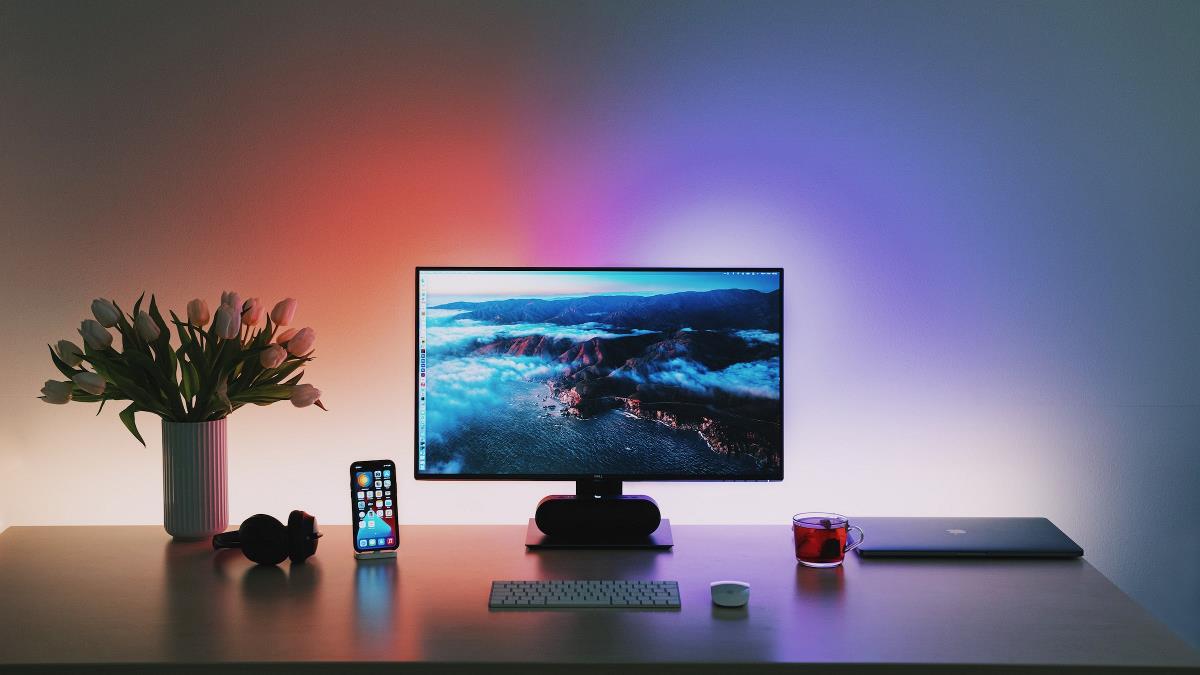

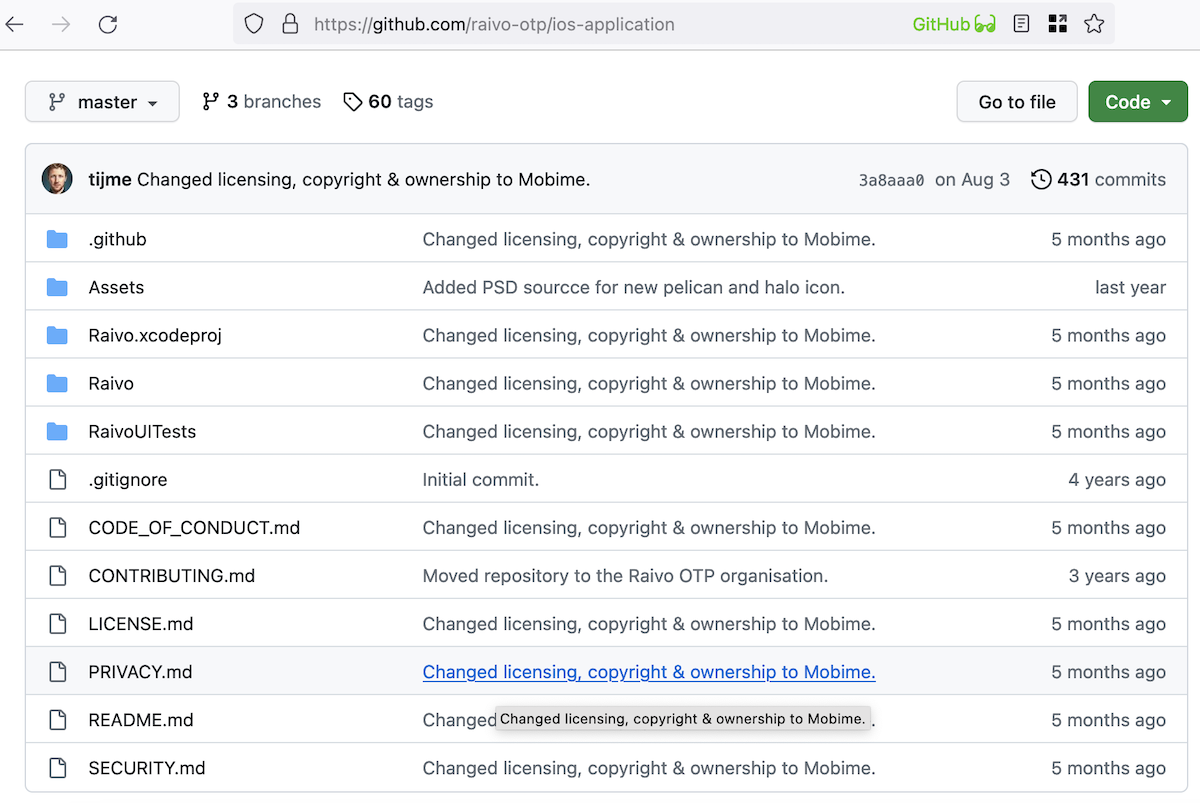

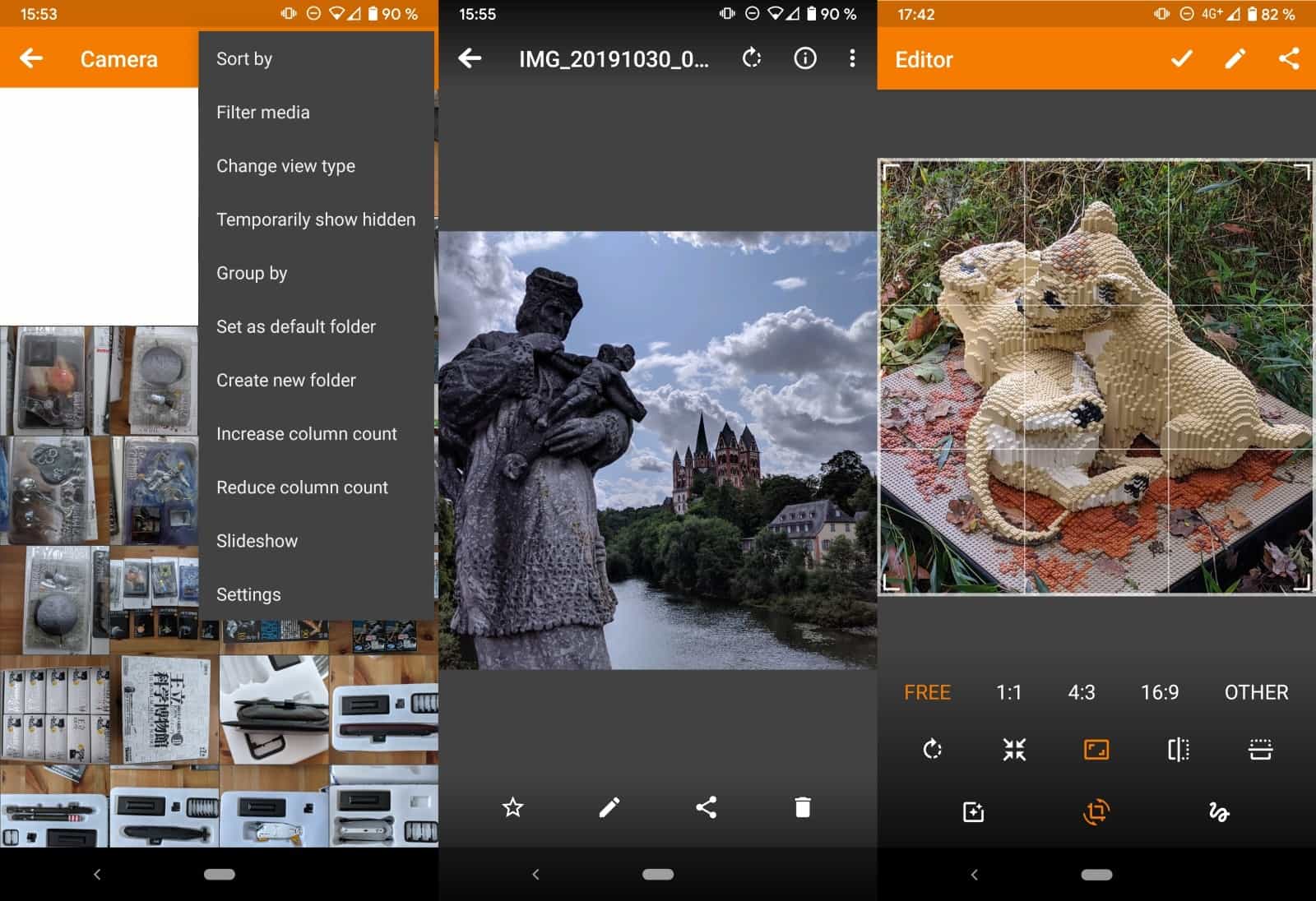

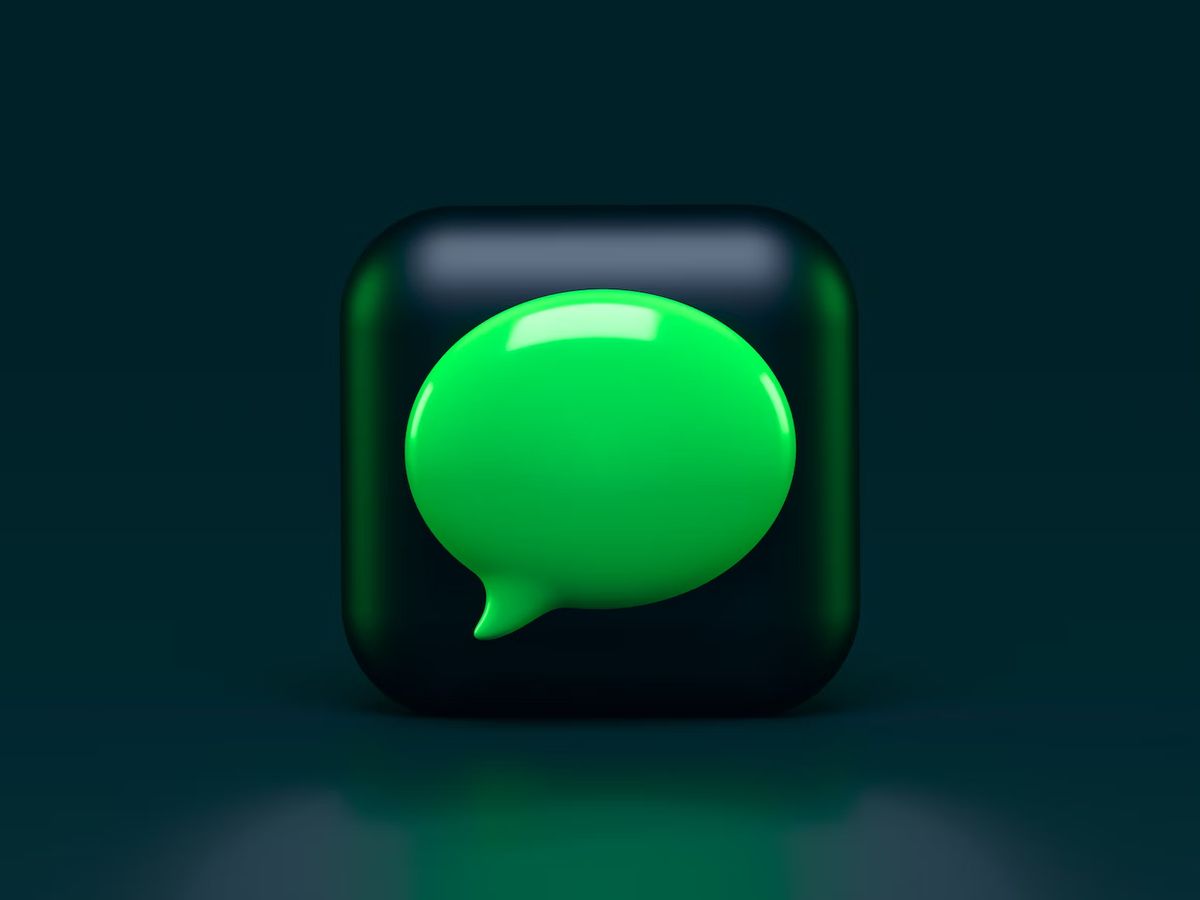
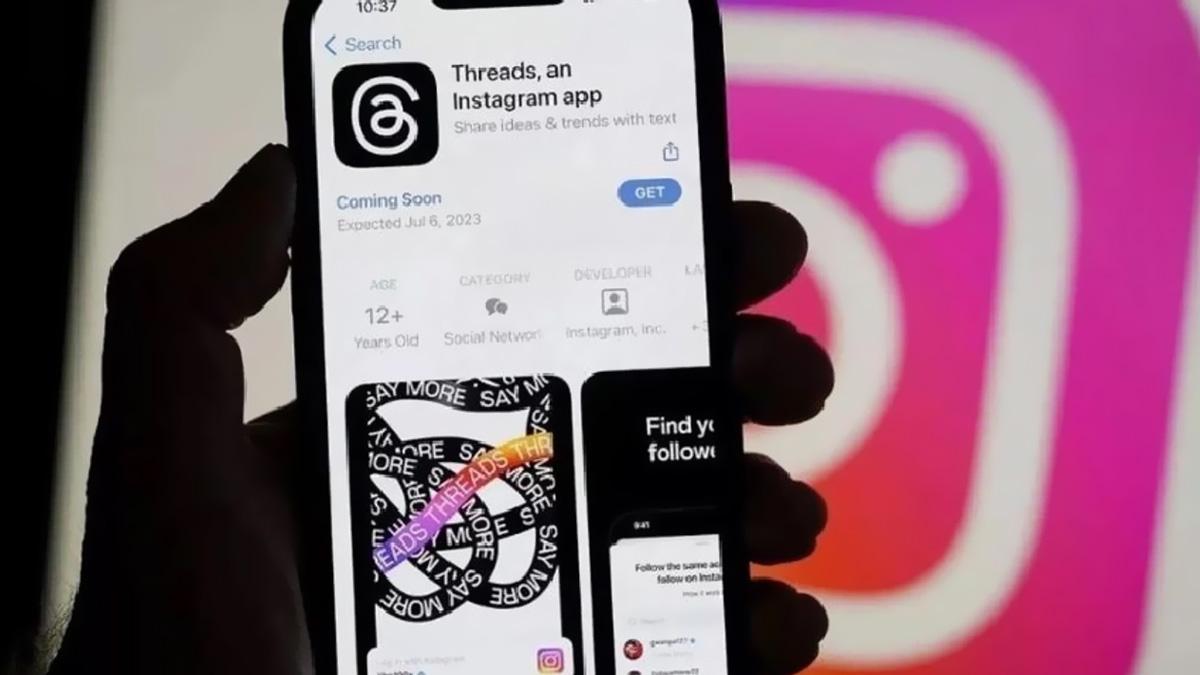

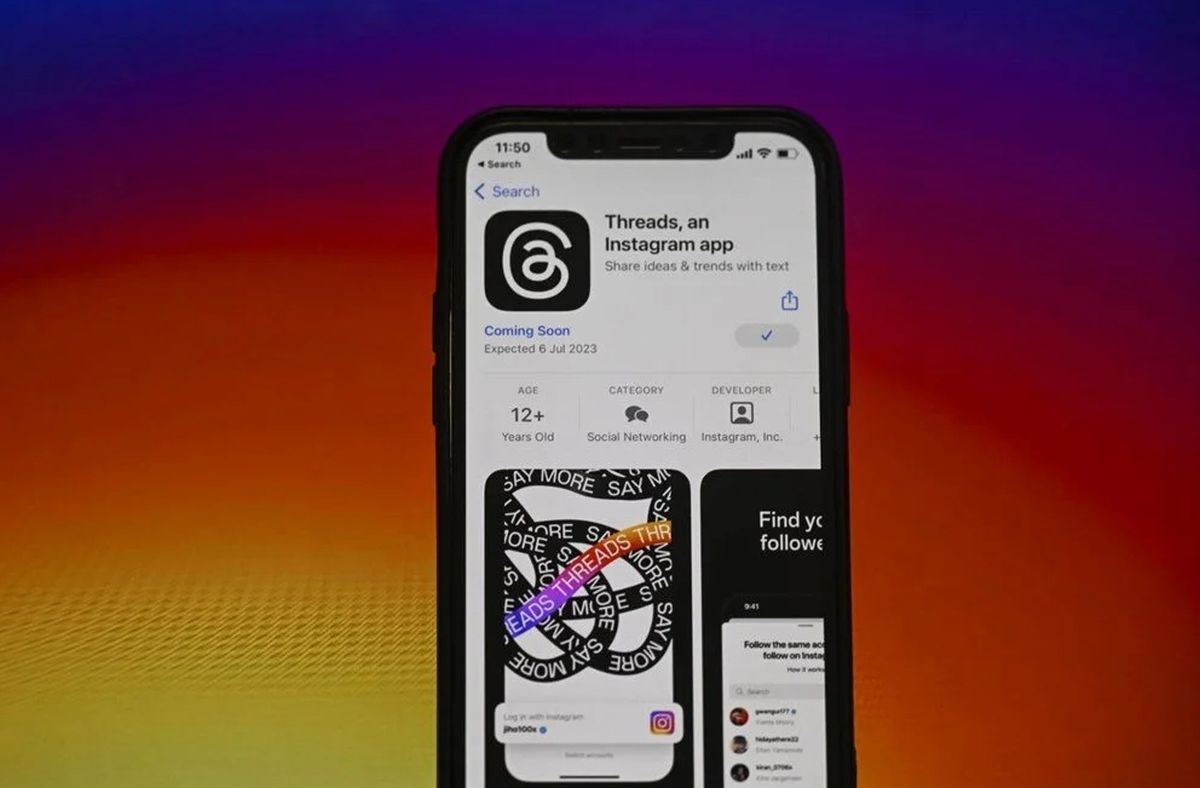











Kinect is the fastest-selling consumer electronics device in the world. Not bad for a behemoth.
If Microsoft can have that unique success it can certainly make Courier work should they chose to.
I am encouraged, Mike, you think the concept is not dead. It was the only tablet concept that I liked.
Listening to Microsoft about where they need to be for tablets would be like listening to Ford about how to make tubas; they haven’t a clue.
Microsoft has had the PC market sewn up for decades and can’t innovate to save its life. XP Tablet Edition was terrible and as long as they keep trying to cram Windows-as-it-is onto it, it’ll fail. Windows Mobile devices were crap and basically killed the PDA market — and Microsoft KNOWS that Windows Mobile was done or else they wouldn’t have scrapped everything and started anew with Windows Mobile 7.
And Apple stole their lunch in one try, the first try.
I scanned through the entire article first, and glad I did — posting the Microsoft brand at the end changes the article completely and it really should be up at the top because this is a heavily biased article.
” We have dual and quad-core low voltage processors coming this year that could easily help make this concept a reality. This is the missing link that will drive mass-market adoption of tablets.” — Coming? But Apple’s already shipped the iPad2 with the A5 chip in it.
No, if there will be a competitor to the iPad and tablets, it’ll come from the phone manufacturers, not a behemoth like Microsoft.
My reply is here https://www.ghacks.net/2011/03/12/is-microsoft-the-apple-of-my-eye/ :)
There is no Microsoft “brand” at the end of this article.
Thinking the article is biased because the author
has earned the distinguished Microsoft MVP
is simply demonstrating your own bias.
You prove my point.
You are blinded by bias.
In the blurb; 3 mentions of Microsoft. Author is a ‘Microsoft Valued Professional’ (MVP). He’s written 2 books about Windows, one published by Microsoft themselves. This is absolutely branded with Microsoft.
And yes I have my own bias earned through supporting Microsoft’s poor showing of devices for 15 years.